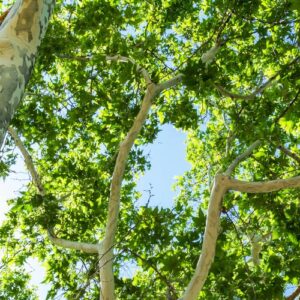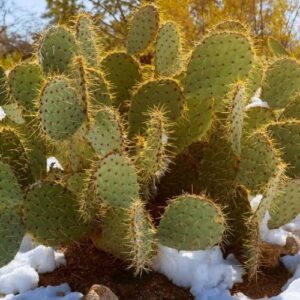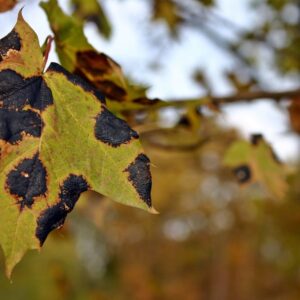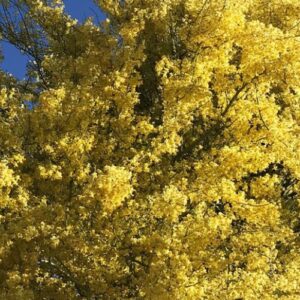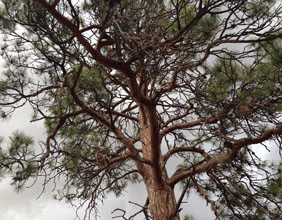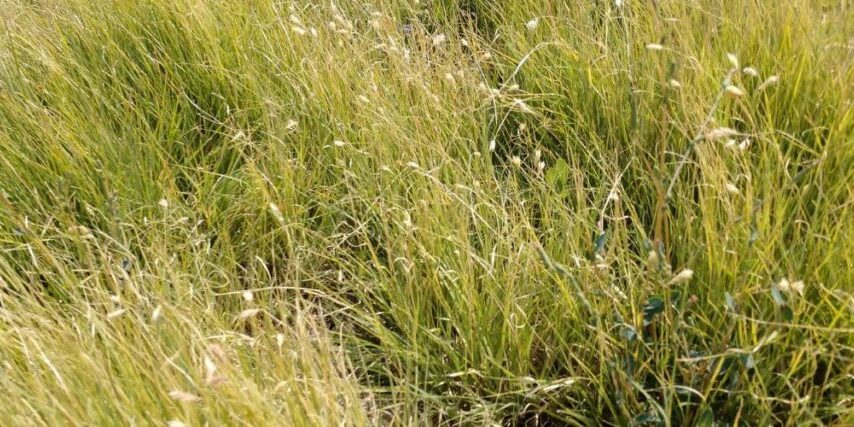
Did you know that 85% of Arizona’s wildfires are fueled by buffelgrass? This invasive species is not only taking over our landscapes but also intensifying our fire seasons.
As you’ll discover, the relationship between buffelgrass and fire is a dangerous one, threatening local ecosystems. But don’t despair, together we can explore potential solutions to control its spread and mitigate the fiery wrath of this unwanted guest.
Buffelgrass Wildfires – Key Takeaways
- Buffelgrass spreads rapidly and chokes out native plants, reducing biodiversity and negatively impacting the survival of native cacti like saguaros.
- Buffelgrass significantly amplifies fire intensity, fueling 85% of Arizona’s wildfires and posing a huge fire risk.
- The invasion of buffelgrass alters local ecosystems, crowding out native plants and reducing soil fertility.
- Controlling buffelgrass is crucial for preserving Arizona’s ecosystems, mitigating wildfire risks, and supporting firefighters, wildlife, and residents.
The Invasive Nature of Buffelgrass
You’ve got to understand, buffelgrass is incredibly invasive, spreading rapidly and choking out native plants in Arizona. As mentioned in our new AZ residents article, it’s not from around here, but it’s made itself at home, and it’s not playing nice with the neighbors.
The problem is, it’s fast-growing, hardy, and has a knack for taking over. It doesn’t just move in, it dominates, pushing out the native plants that have been here for centuries.
Now picture this, acres of beautiful desert landscape, transformed into a sea of unwanted buffelgrass. It’s like a bad house guest that never leaves. It grows in dense clumps, choking out other plants, and making it nearly impossible for anything else to thrive. It’s a bully in the plant world, and it’s wreaking havoc on Arizona’s ecosystems.
And here’s the kicker, it’s not just bad for the environment, it’s a huge fire risk. Buffelgrass burns hotter and faster than native plants, which means when wildfires strike, they’re that much more destructive
We’re not talking about a small problem here; we’re talking about a crisis. This invasive species is changing the very face of Arizona and making wildfires far worse.
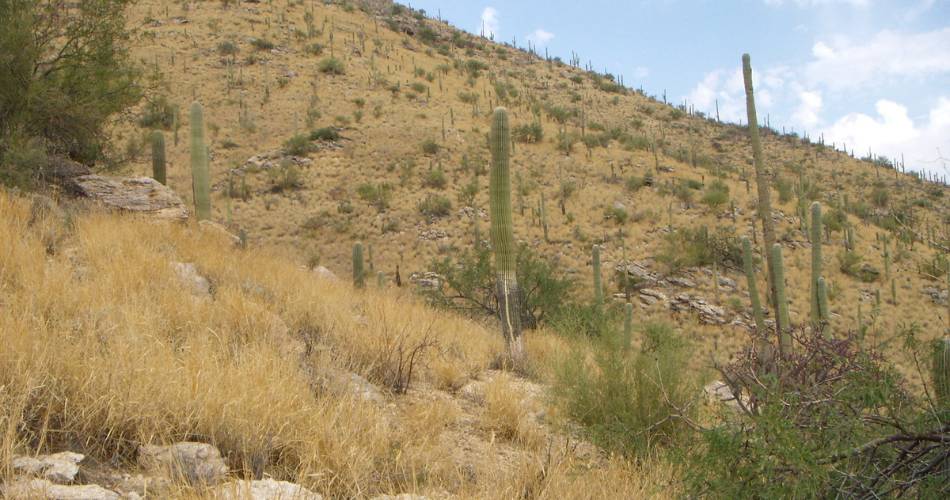
The Relationship between Buffelgrass and Fire Intensity
It’s crucial to understand that this invasive plant significantly amplifies fire intensity due to its ability to burn hotter and longer than native vegetation. Buffelgrass, a non-native species in Arizona, grows densely and rapidly, providing abundant fuel for wildfires. Its high oil content makes it burn with a ferocity that native plants can’t match, creating infernos that outpace traditional firefighting efforts.
Imagine, if you will:
- Buffelgrass, covering the ground like a thick, green carpet, virtually unbroken as far as the eye can see. Underneath this:
- Wide, open swaths of land, previously home to diverse ecosystems, are now dominated by this single, invasive species.
- Wildfires, once relatively manageable, now blaze with unprecedented heat and speed, fueled by the oily, dense buffelgrass.
This is the reality for many parts of Arizona, where buffelgrass is rapidly altering the landscape and the nature of wildfires.
Without a concerted effort to curb the spread of buffelgrass, these intense wildfires could become the new normal. Firefighters, wildlife, and residents all bear the consequences of the buffelgrass invasion. Understanding the relationship between buffelgrass and fire intensity is a vital step in combating this growing threat.
Impact on Local Ecosystems
Sadly, these invasive plants are wreaking havoc on local ecosystems, with effects that go far beyond just increasing fire intensity. Buffelgrass, a foreign invader, is altering the delicate balance of life in Arizona’s desert habitats. It’s crowding out native plants, reducing biodiversity, and making survival harder for local wildlife.
Imagine the desert you love, suddenly changing before your eyes. Native cacti like the iconic saguaro are losing ground to this aggressive grass. The food and shelter they provide to countless creatures are disappearing. Birds, insects, and mammals that rely on these plants are struggling to adapt to this new reality.
The soil too isn’t left untouched. Bufflegrass’s shallow root system is less effective at holding soil together during heavy rains. This leads to increased erosion and reduced soil fertility, creating a vicious cycle that only helps buffelgrass spread further.
By understanding and acknowledging the destructive impact of buffelgrass on local ecosystems, you can become part of the solution. By supporting removal efforts and spreading awareness, you can help protect the unique and precious biodiversity of Arizona’s deserts. It’s not just about fire prevention, it’s about preserving a way of life.
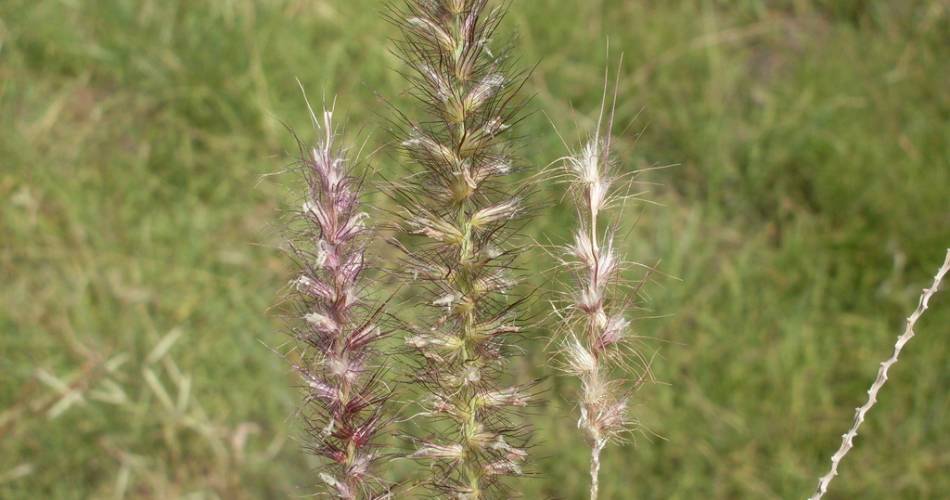
Potential Solutions for Controlling the Spread
Controlling the spread of these invasive species requires concerted effort and strategic planning. You may wonder, what can we do to help? Several strategies have been proposed to tackle this growing problem.
Firstly, there’s the idea of “manual removal”:
- Pulling buffelgrass out by hand can be effective in small areas.
- However, it’s labor-intensive and may not be feasible for larger infestations.
Secondly, there’s “chemical control”:
- Using herbicides can be a more efficient way of dealing with larger invasions.
- But, it’s important to remember that these chemicals can potentially harm other plant species and wildlife.
So, it’s a matter of choosing the lesser evil. However, the most promising approach may be a combination of both methods, along with continuous monitoring and public education about the dangers of buffelgrass.
While these solutions require time, effort, and resources, they’re crucial in preserving Arizona’s ecosystems. If left unchecked, buffelgrass could permanently alter the state’s landscapes and exacerbate wildfire risks.
So, let’s roll up our sleeves and get to work! Remember, every little bit helps in the fight against this invasive menace.
Want to help battle buffelgrass in Arizona? The Sonoran Desert Museum has info on how you can do just that and help protect our saguaro cacti!
Buffelgrass Wildfires – Frequently Asked Questions
How did Buffelgrass originally end up in Arizona?
Buffelgrass was intentionally introduced to Arizona in the 1930s. You see, people brought it in for cattle feed and to control erosion. However, they didn’t realize it would become such a stubborn invasive species.
Are there any specific wildlife species that are particularly affected by the spread of Buffelgrass?
Yes, certain wildlife species are significantly impacted by buffelgrass spread. Desert tortoises and pronghorn antelope, for example, face habitat loss. They’re not adapted to eat buffelgrass, so it’s harmful to their survival.
What are the health implications for humans living in areas where Buffelgrass is prevalent?
Living in areas with prevalent buffelgrass can harm your health. In addition to causing severe allergies, the grass fuels wildfires which lead to poor air quality, increasing risks of respiratory issues and heart diseases.
Have there been any notable wildfires in Arizona that were directly linked to the spread of Buffelgrass?
You might think buffelgrass isn’t a significant fire risk, but it’s been directly linked to Arizona’s Monument Fire in 2011. This fire rapidly spread, fueled by the invasive grass, causing extensive damage and evacuations.
Can Buffelgrass spread to other states and pose a similar threat to their local ecosystems?
Yes, buffelgrass can spread to other states and potentially harm their local ecosystems. Its rapid growth and resilience make it a serious threat, as it can intensify wildfires and outcompete native plant species.
How Safe is Your Phoenix Area Landscape?
Need help with invasive grasses and plants in your yard? Call Titan Tree at 623-444-8448. We’re the Anthem AZ and Phoenix area tree and plant experts! Let us pull out those pesky plants you don’t want and replace them with something better!
See Our Latest Articles
More Articles Like This

Titan Tree Care is a full-service tree care company located in Anthem, AZ and serving all of North Phoenix. We offer a wide range of services to meet your tree care needs, including tree and palm trimming, tree pruning, tree removal, stump grinding, and more. We also offer insect or disease treatments and fertilization services. We are dedicated to providing high-quality, safe, and effective tree care services to our customers and work hard to ensure that your trees are healthy and look their best.




